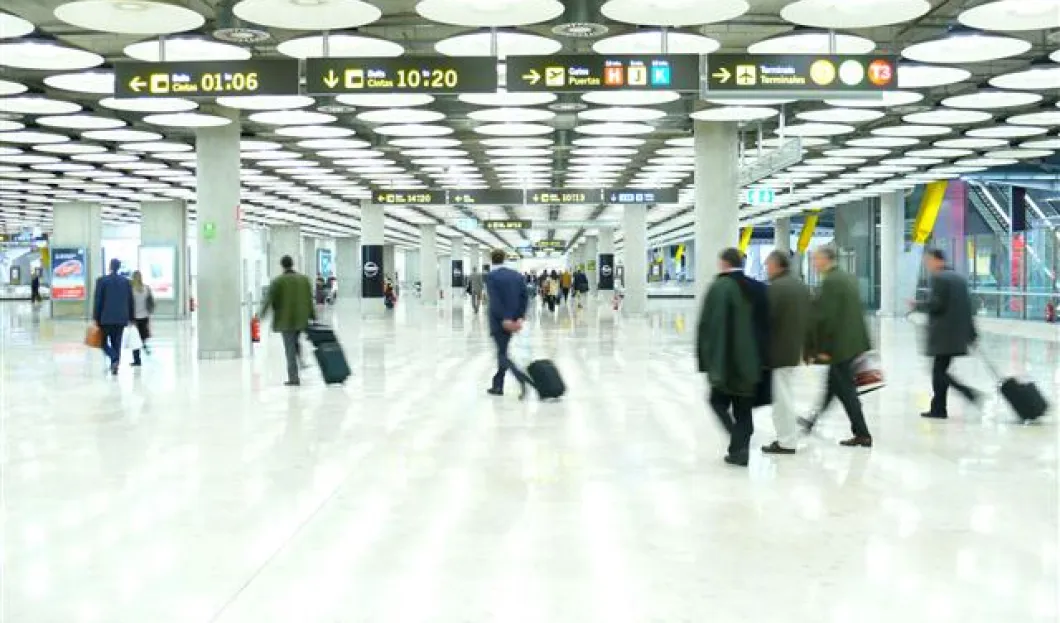
There are big plans underway for the future of Moscow's airports and aviation industry with numerous ideas being put into action in order to transform Ramenskoe into another international airport for the city. There are however many implications to the proposals that are being considered and many challenges making the whole process difficult to manage.
The proposals for Ramenskoe and Zhukovsky.
Vice-premier Dmitry Rogozin has started an initiative to turn the experimental aviation airfield at Ramenskoe into a profitable airport that will increase international flights into the region - both from Russian and foreign airlines - as well as allowing for the delivery of military and industrial cargo and passenger flights. It is an ambitious project but one that could change the area significantly as the airfield, facilities and purposes of the airfield are changed and modernised.
The development of Ramenskoe itself is just the start of the changes and possibilities being proposed by Rogozin's plans. Between 2012 and 2013 a project will be undertaken to construct an additional platform at the Otdikh station, a move that should improve the transport links between that terminal and the airport for busy periods and events such as the MAKS air show. This development will possibly be followed up by improvements to the road junction at Lytkarino and the reconstruction of the vital road link that is the highway between the Moscow ring road and Zhukovsky.
Each of these proposals, from the initial developments of the airfield to the wider implications for transport and infrastructure have the potential to turn Zhukovsky into a viable venture but, as with all grand schemes of these nature, there are a number of obstacles to overcome.
The challenges that are faced by officials and developers.
There are so many organisations and departments involved in this venture that forming a cohesive, organised plan and carrying it out effectively and without complications is almost impossible. The Gromov Flight Research Institute must be consulted on air routes and airfield boundaries, the development is under the control of the Russian Technologies State Corporation's - which has admitted that without adequate support from the state the project cannot be profitable or manageable - and numerous government ministries are involved from Transport to Regional Affairs.
In order to make this project work and turn the airfield into the profitable expansion that it has the potential to be, all parties need to work together and collaborate but it would appear that some cracks are forming in the plans and the proposals may not run smoothly. Despite the apparent intentions of Rogozin to ensure that the activities of this experimental aviation facility are not disrupted or discontinued, there are many concerns - especially from the Gromov Flight Research Institute - that the proposals will lead to the possibilities of both test flights at the airfield being severely limited and the flights being cancelled all together. Additionally, Domodedovo's new runway was not constructed in coordination with Ramenskoe.
The future for Ramenskoe.
Exactly how these proposals will affect the region and the aviation future of Moscow remains to be seen, it certainly does not seem like an easy process. What it clear is that this venture has the potential to be profitable and positive.










